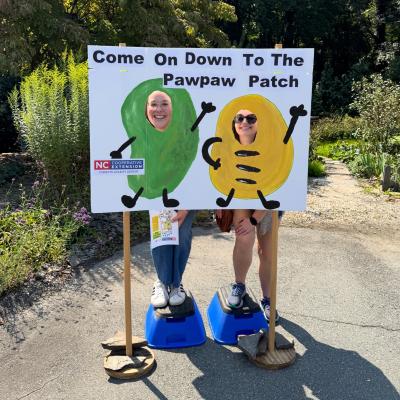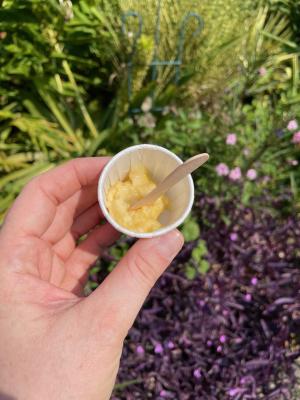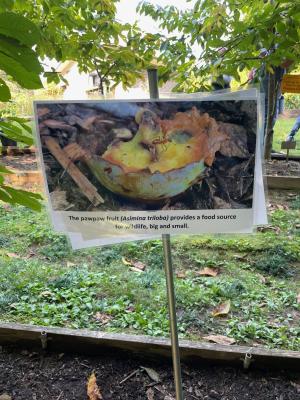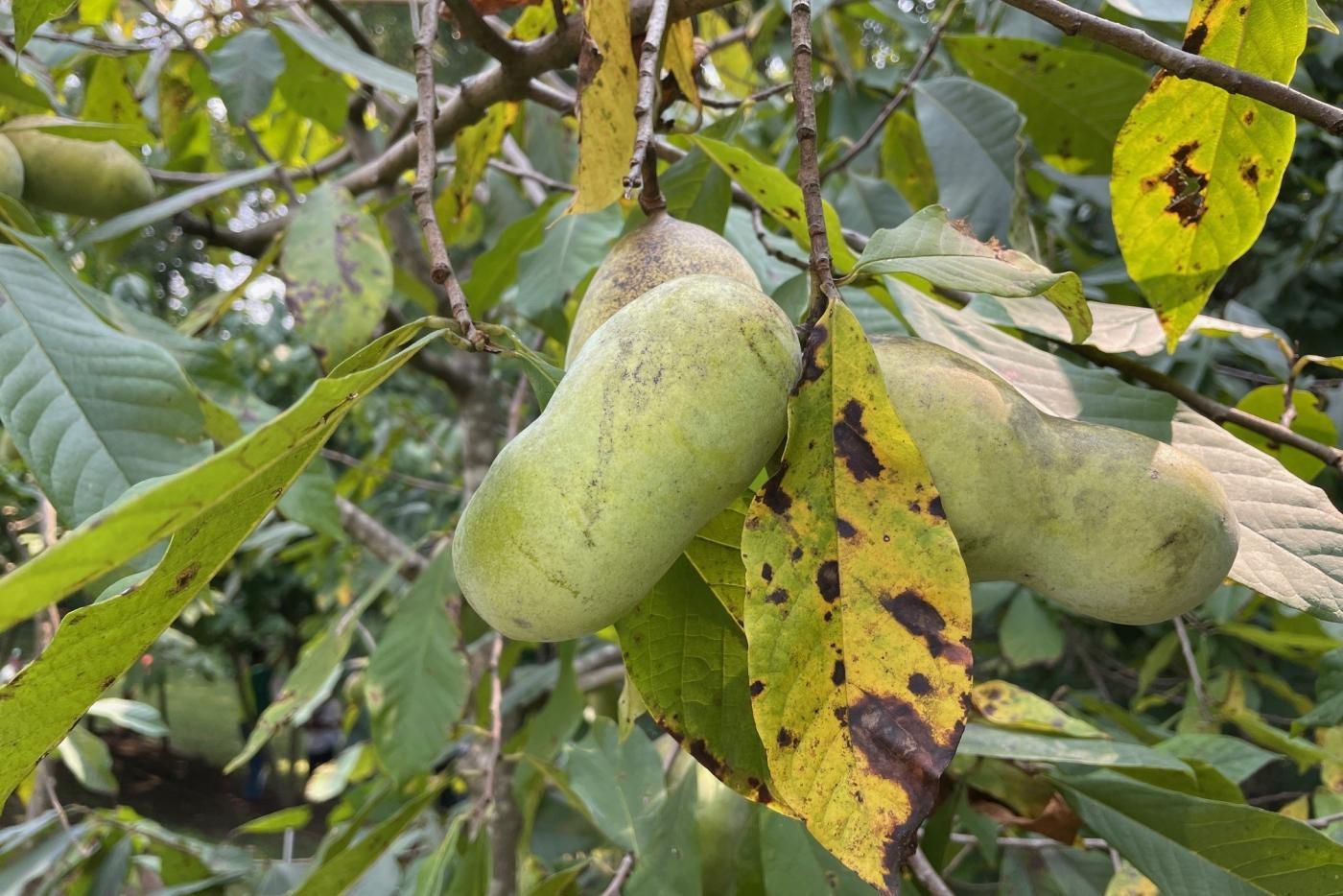Author: Colleen MacGilvray, THJHA Program Coordinator

Imagine a fruit that tastes like a custard dessert. The fruit looks like a mango. It might smell a little bit like citrus or another tropical fruit. If you touch the outside of the fruit, it may feel delicate. But that makes it easy to peel so you can eat the inside of it. A fruit with a description like this is almost too good to be true. But it’s real! And it’s a pawpaw.
Pawpaws are the largest fruit native to the eastern United States. They can be found in nature throughout the eastern United States and are grown by farmers, also known as agriculturalists. They have grown different varieties of pawpaws—some with smaller seeds than wild fruit, some that ripen later than others, and more! With pawpaws growing in many places, why are they so hard to find?
Pawpaws can be difficult to find because they ripen really quickly once they fall off the tree. And they have to be eaten before the fruit goes bad.
I only learned about pawpaws in the last few years and am always searching for new things to learn about the fruit. But pawpaws have been around for a long time! The pawpaw is recorded in Englishman John Lawson’s 1709 A New Voyage to Carolina, although he spelled it as “papau.” Lawson wrote, “They make rare Puddings of this Fruit.” (105) Even before Lawson’s recording of the fruit, Indigenous peoples of North Carolina had been consuming it. They’ve been an important food source for many Indigenous peoples throughout the fruit’s range, including peoples whose ancestral lands are in Appalachia, like the Shawnee and the Choctaw.

Image courtesy of Colleen MacGilvray.
My search for a pawpaw led me to the 2025 Pawpaw Field Day event at the NC Cooperative Extension, Forsyth County Center in Winston-Salem. The event provided opportunities to tour the center’s pawpaw orchard with its many varieties of pawpaw trees and taste the fruit too! They had samples of the fruit, pawpaw ice cream, and pawpaw bread. Additionally, they had many opportunities to learn about the fruit. This included reasons to avoid the fruit’s skin and seeds. They can make humans really sick! In some cases, the fruit should be avoided completely. Medical professionals warn those who are pregnant to avoid it. Volunteers at the event also shared best practices for growing pawpaw trees. A pawpaw tree can successfully grow in North Carolina, but special care and attention are required.

Image courtesy of Colleen MacGilvray.
I learned a lot in my search for a pawpaw. One lesson that stays with me is that many living things search the ground for and eat pawpaws from small insects that crawl in the dirt to humans who tower above them. And it seems that we all enjoy the fruits of our labor!

